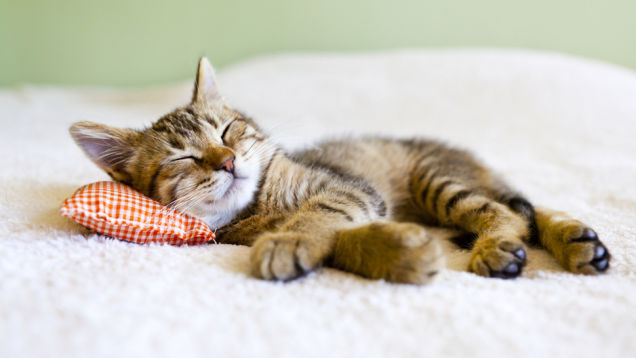By Simon Smith
It’s no secret that the locals love a good midday snooze. Even after the morning flask of green tea, a head buried into a makeshift pillow between the hours of 12 and 2pm is a familiar sight. That said, there may be logic to the nation’s neurosis over napping. A quick doze can be the most refreshing way to wake up and enliven your mind when you’re feeling spent.
Harvard sleep researchers found that power naps can boost productivity, improve memory, jump start creativity and even help lower your risk of heart disease. All well and good, yet why are naps so hit and miss?
Well, it all depends on how we catch those precious zzz’s. The non-rapid eye movement (NREM) sleep cycle can be divided into four parts: stage one and we’re in a light sleep, that weird state between being awake and asleep when we are roused at the drop of a hat.
In stage two, we detach from our surroundings and prepare for deep sleep; our breathing and heart rate is regular and our body temperature lowers.
By stages three and four we’re in deep sleep, with stage four being more intense. Your muscles relax and you begin to enter that dream-ridden stage of REM. The first cycle of REM occurs about 90 minutes after you nod off and lasts around 10 minutes, with each period lengthening after each non-REM round.
The difference between a good rest and a bad one is down to which stage you wake up in. The perfect power nap stays in stages one and two; the deep-sleeping stages of three and in particular four are bad news: they play with your body’s daily rhythm.
To ensure you resurface in stages one and two, take naps that are between 20 to 40 minutes long. Having a regular naptime may also help you get to sleep faster and wake up quicker.













